The following article offers an evidence-based discussion about the efficacy of using substances to treat your fear of flying.
About the Author
Suzanne Duke is a doctoral-level developmental psychologist who began her career working with young children and then with university students, particularly helping first-year students adjust to college life and living away from home. She is also a social worker and particularly enjoys treating anxiety disorders, such as fear of flying!
**Disclaimer: Please note that while I am a mental health professional, I am NOT a medical doctor. If you are considering using any kind of substance before or during a flight with the goal of reducing your anxiety, it is very important to discuss this issue with your prescribing physician to explore whether such behavior is best for your specific situation.
The topic of this article has been heavily requested in emails to me, and for good reason. It is a scientifically complex and emotionally laden subject, and the goal of the information presented here is not intended to provide an argument for or against substance use as an anti-anxiety coping strategy. Instead, my intent is simply to provide a judgment-free, evidence-based discussion of the impact that the use of prescription drugs or alcohol can have on flight anxiety.
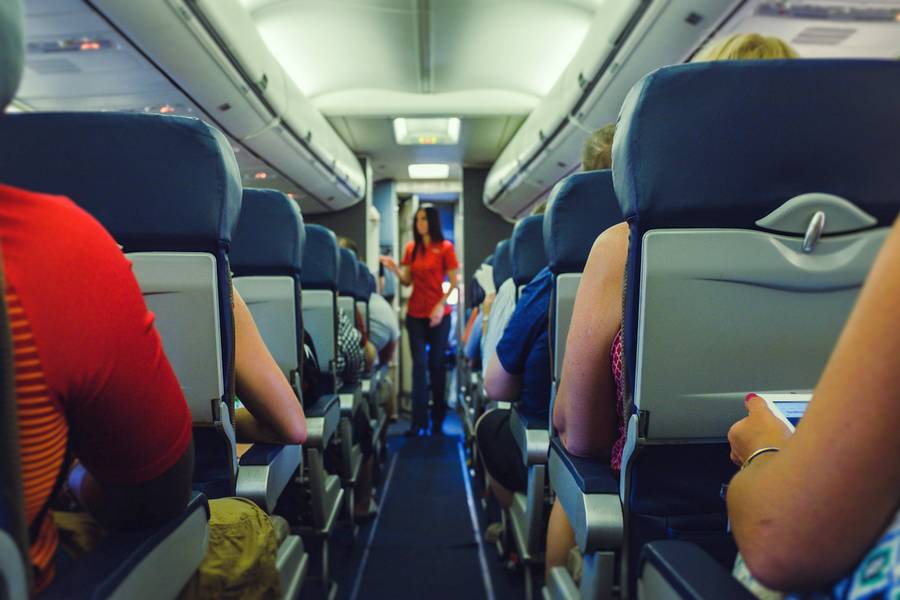
What does the literature say about the efficacy of substance use in relieving flight anxiety?
Defining our terms
Before proceeding any further, it is important to determine what we mean when we talk about “substance use”. Typically, substances people use on planes are either alcohol (hard alcohol or beer and wine) or drugs (prescription or over-the-counter). For the purposes of this discussion, while the definition of alcohol is relatively self-explanatory, the definition of which drugs are at issue needs further explication. The most common medication anti-anxiety medications physicians prescribe to patients are benzodiazepines, the most common of which are Valium and Xanax. Physicians may also prescribe Ambien, which is a prescription sleep aid often requested by patients who are taking overnight flights and want to try to sleep. Hopefully, these medications are not prescribed concurrently, as each can suppress breathing in their own right, and this risk becomes significantly higher when these medications are prescribed together.
A general review of the evidence supporting substance use while in flight
In general, data gathered from a myriad of sources indicate that neither prescription anti-anxiety medications nor alcohol use is particularly effective in reducing a fearful flyer’s distress (Bunn, 2013; Wilhelm & Roth, 1997). In fact, not only are there little data supporting substance use to reduce flight anxiety, substances may actually have concerning health risks. Below, we examine each of these psychological and physical risks in more detail.
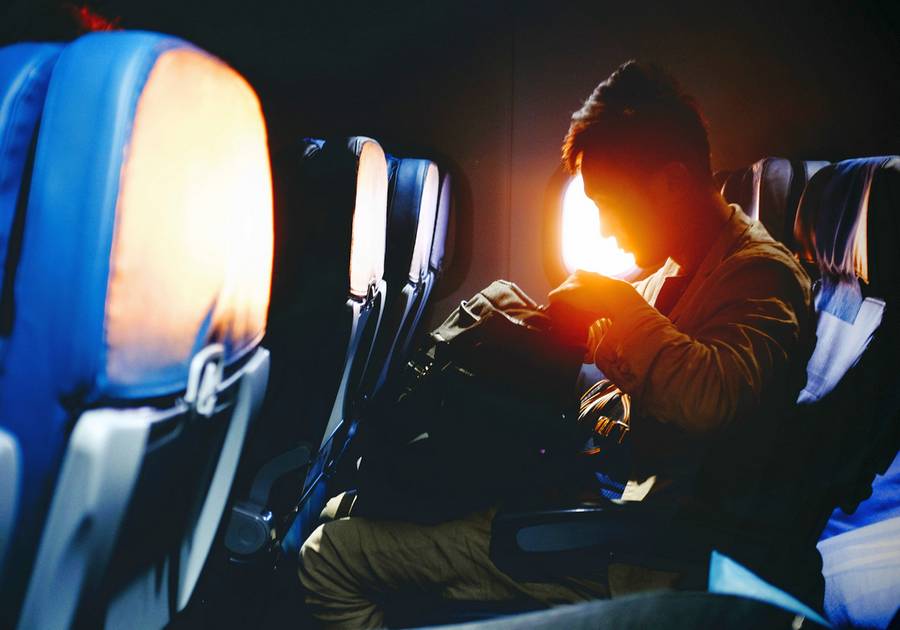
1. Certain substances can increase anxious flyers’ sensitivity to their fear
First, a seminal study out of the Stanford University School of Medicine provided compelling data that using anti-anxiety medications (in this study Xanax) can heighten fearful flyers’ physiological sensitivity to normal flight conditions even if acute panic is not experienced. Specifically, a total of 28 participants took two flights, each a week apart. The experimental group was given 1 mg of Xanax, whereas the control group was given a placebo pill. On the first flight, the group who received Xanax experienced higher physiological arousal (e.g., increased heart rate and blood pressure) than the control group, but the experimental group reported significantly less panic than the control group. However, on the second flight, neither group was medicated. Remarkably, the experimental group experienced significantly higher panic than the placebo group, with 71 % reporting panic while only 29% of the placebo group reported panic
These results strongly suggest that benzodiazepines have the potential to interfere with the goal of decreasing sensitization of the elements of flight that nervous flyers find most upsetting (Wilhelm & Roth, 1997). Put simply, Xanax and related substances may actually make fearful flyers more sensitive to concerning elements of the flight, but because these flyers are somewhat sedated, they are not aware that they are more sensitive until the medication is withdrawn. The longer-term issue with this situation is that whether or not they realize why this might be, fearful flyers become psychologically dependent on benzodiazepines because once they take a flight without the use of medication, they experience significant panic and immediately feel they cannot fly without being medicated.
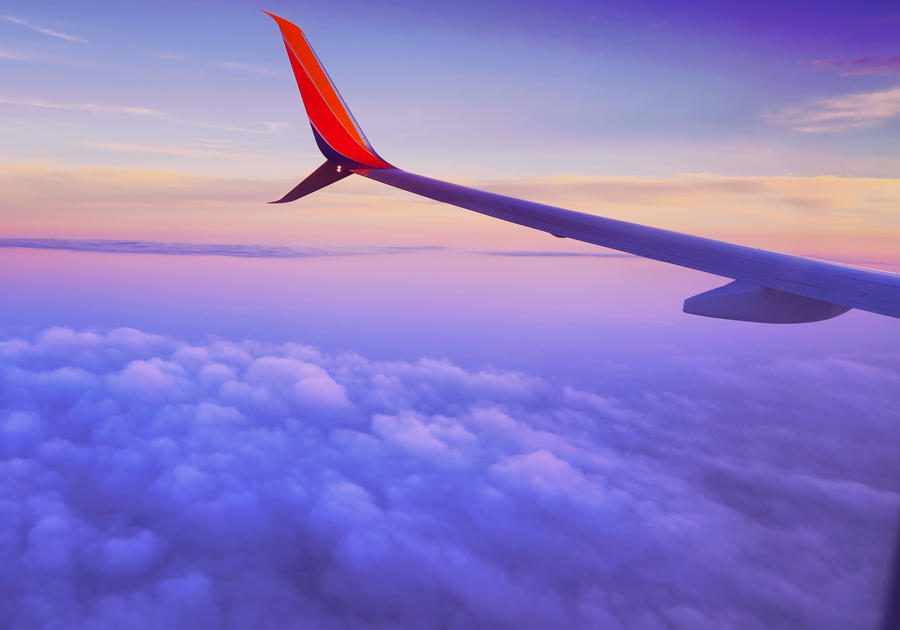
2. Substance use encourages fearful flyers to mask, not face, their fears
When fearful flyers use substances as a way to control their fears, a problematic dilemma occurs: whether consciously or not, using substances sends a message to anxious flyers that they are unable to handle their anxiety on their own. Ultimately, when fearful flyers use substances to “treat” their flight anxiety, they undermine their confidence in themselves as well as in the psychological techniques – namely systematic desensitization as well as other treatment methods we have covered in earlier articles. Importantly, these techniques have more compelling data behind them and comprise much of the fear of flying standard of care.
Relatedly, when nervous flyers use substances to try to reduce or even mitigate their fear of flying, this decision backfires in another way. In earlier articles, we talked about the importance of “feeling one’s fear” to fully overcome, despite how uncomfortable it might actually be. However, if flyers are impaired by substances during the flight, it may not be possible to actually feel the fear, and the cycle of being afraid of flying continues.
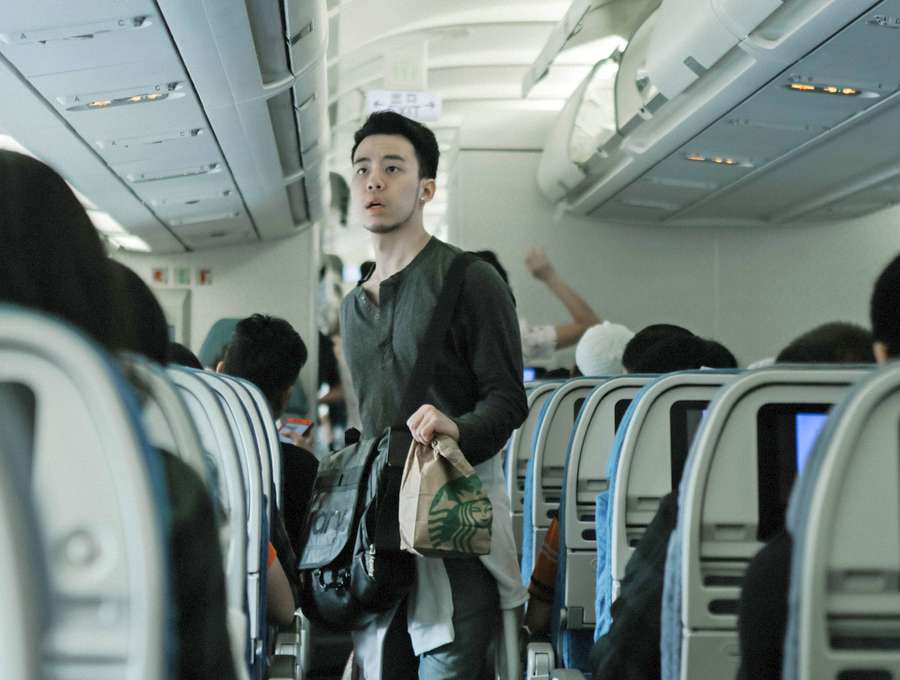
3. Being sedated by anti-anxiety medication makes it easier to mix alcohol and medication
Sedation from benzodiazepines, particularly if one does not often take them, can be quite profound and disinhibiting. This disinhibition, in turn, can make it easier to acquiesce to concurrent alcohol use, which, depending on the dosage of the medication or amount of alcohol, can be quite dangerous. Both anti-anxiety medications and alcohol alone can cause respiratory depression, and this breathing suppression can be even more concerning when these substances are taken together. It is not uncommon for the following scenario to occur: fearful flyers decide to use substances to make their fear more tolerable. Whether starting with prescription medication or alcohol, fearful flyers notice after a while that the substance used at the beginning of the flight is starting to wear off. Thus, they switch to another substance in order to prolong having to actually feel the fear they associate with flying.
But such mixing of substances and the possibility of losing track of how much substances have actually been consumed can become a dangerous medical problem. A seemingly harmless decision to just “pop a pill” or “have a few drinks” could result in an in-flight medical emergency and even the need to divert to the closest airport to receive on-ground medical attention. In fact, a number of these scenarios have occurred in recent years, especially post 9/11 when unruly behavior on planes became substantially more concerning (Green, 2022; LBPT, 2009).
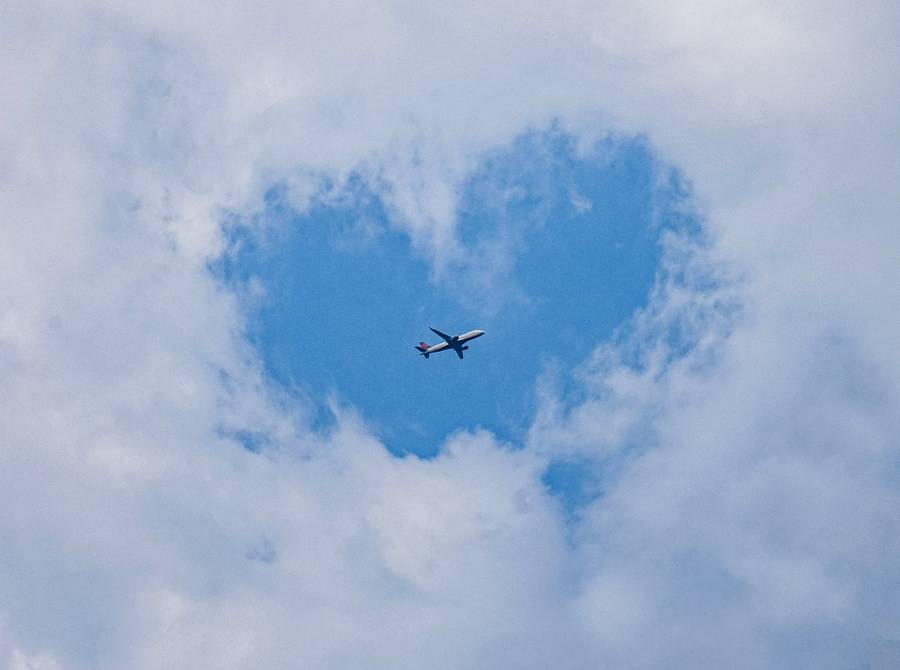
4. Increased risk of developing the formation of venous thromboembolism (VTE)
The use of substances while flying can potentially, though indirectly, increase flyers’ likelihood of developing a blood clot during flight. Data from the WHO Research Into Global Hazards of Travel (WRIGHT) project indicate that the likelihood of developing a blood clot either in the lower extremity, known as a deep vein thrombosis (DVT) or in the lung (a pulmonary embolism or PE), increases significantly as passengers remain immobile on flights longer than 4 hours.
The best way to minimize VTE risk is to get up and walk around every 2-3 hours, or to at least try to stretch your lower legs in your seat every hour (CDC, 2022). However, the use of sedating medications can negatively impact whether passengers actually do get up and move around because they may be asleep or at least not fully cognizant of the need to stretch their legs. In addition, remaining hydrated can help mitigate the likelihood of developing a blood clot, but less water is consumed when anxious flyers choose alcoholic drinks over water.
So does this mean I should never drink or take prescription medication on a plane?
As I said at the beginning of this article, my goal here is simply to summarize the scientific literature with respect to the efficacy and safety of using substances on a plane. As you can now see, there are very little scientific data suggesting that the use of substances is the best plan for helping you navigate and ultimately overcome your fear of flying. However, since the use of substances is something that many folks who are trying to deal with their fear of flying do, I would like to present some strategies to make such behavior a bit safer.
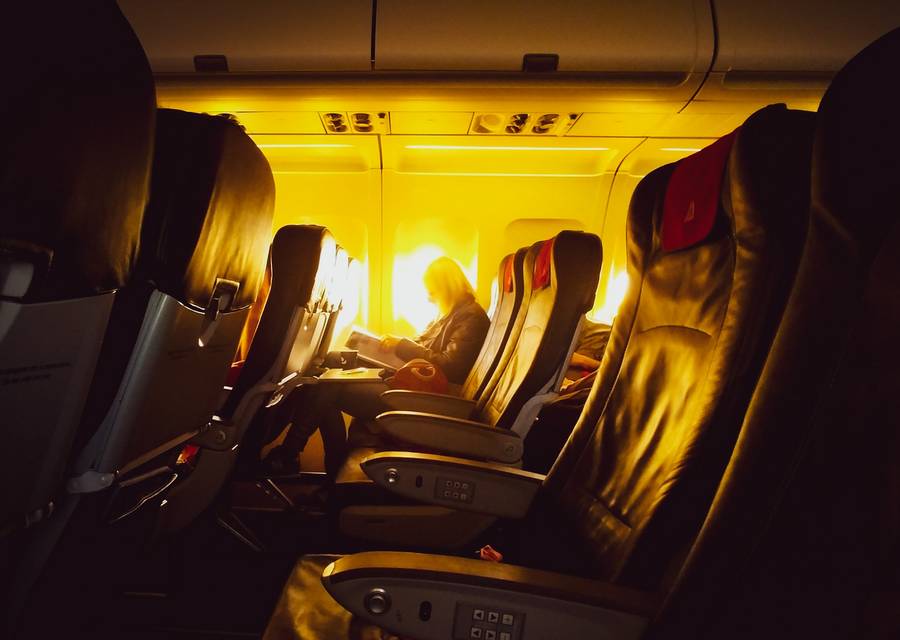
1. If you choose to pursue using an anti-anxiety medication, PLEASE discuss this decision with your primary care physician (PCP) and have him/her prescribe it from a legitimate pharmacy.
Anti-anxiety medications are chemically complex, and they can interact with a number of different medications as well as have concerning side effects on their own. It is critical that your physician (PCP) review your pharmacological options with you and be aware that you are actually taking a short-acting anti-anxiety drug. Also, given the many deeply concerning issues with medication bought and sold illegally and what fillers they may contain, it is imperative that you ensure you obtain your medication from a licensed pharmacist who can vouch for its purity.
2. If you decide to use anti-anxiety medication, bring only how much you will need for the flight
As discussed above, it is easier than one might think to become disinhibited after taking anti-anxiety medication, especially if you do not take it regularly. Thus, instead of allowing your disinhibited self to reach for more medication, make that impossible by only bringing exactly the amount you and your physician pre-determined is an appropriate dose.
3. Match one alcoholic drink with one glass of water
Flying in general can be dehydrating, as air is circulated throughout the cabin. Alcohol, given that it is a diuretic, is also inherently dehydrating. Therefore, it is critical to pay attention to your hydration status and try to remain as hydrated as possible. If you are drinking alcohol on a plane, the easiest way to maintain healthy hydration status is to order a glass of water with every drink you have. Given the overall increased risk of blood clot formation we talked about above, flight attendants will almost always give you a glass of water with any drink you order, whether alcoholic or not. They want you to stay hydrated and safe as much as you want to stay hydrated and safe!
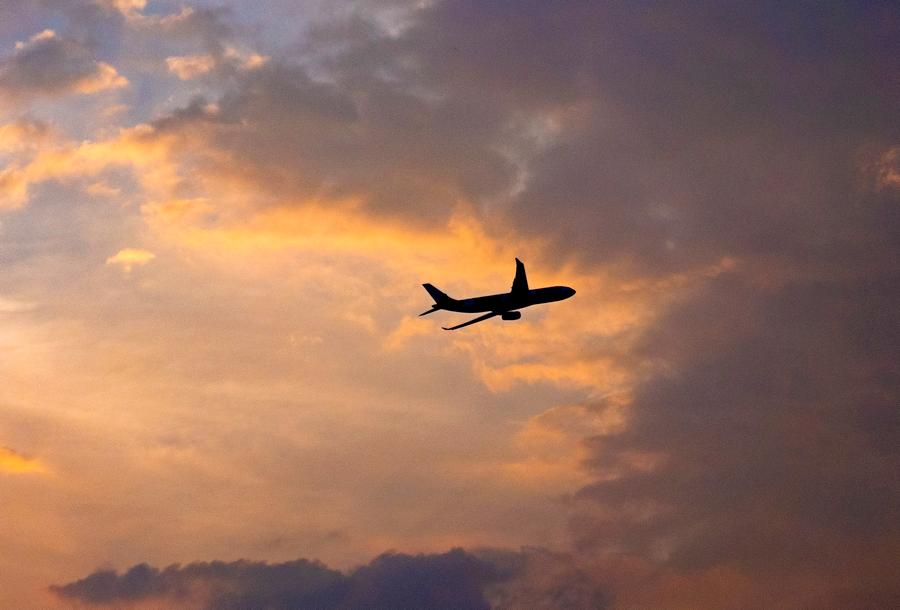
4. Get up and walk around often to avoid the formation of venous thromboembolism (VTE)
Earlier in this article, we talked about how blood clots are formed when your body, and particularly your legs, stay immobile and in a particular position for long periods of time. As discussed earlier, a simple and effective way to reduce blood clot formation risk is to get up every 2-3 hours and walk around the plane a bit. The easiest way to not overly disturb the passengers around you is to book an aisle seat. But if no aisle seats are available, you can combine these walks with times that you need to use the restroom or get up when someone else in your row is getting up. If someone around you complains that you are getting up too much, I encourage you to simply and politely reply to them with the truth – that you are walking around in conjunction with WHO guidelines to avoid blood clot formation – and kindly invite the complaining passenger to join you in walking the aisles of the plane. I suspect the complaining will stop…
Final thoughts
The goal of this article was to provide you with an understanding of what the scientific literature says about the efficacy of using anti-anxiety medication and alcohol in decreasing flight anxiety. Ultimately, the use of such substances is highly individualistic, and whether or not to use medications or alcohol is a decision each of you need to make for yourselves. I hope I have provided you with helpful information to inform that decision. As usual, I look forward to your comments and can also be contacted via email at [email protected] if that feels like a more comfortable forum to reach me. In the meantime, I wish each of you the happiest of holidays and look forward to catching up with you all after the holidays. Additionally, for those of you that have thoughts on this issue, my next article will address the issue of fear of flying in children and how to help your child tackle his or her fear of flying. In advance of this article, I encourage any of you with questions or relevant stories about your own child with a fear of flying to email me, and I will do my best to address as many of your thoughts as possible!

REFERENCES
Bunn, T. (2013). SOAR. Lyons Press.
Center for Disease Control and Prevention, 2022. Blood clots. https://wwwnc.cdc.gov/travel/page/dvt
Green, 2002. The rise of the misbehaving passenger. https://simpleflying.com/the-rise-of-the-misbehaving-passenger/
Long Beach Press Telegram, 2009. Artist arrested for plane antics. https://www.presstelegram.com/2009/05/05/artist-arrested-for-plane-antics/amp/
Wilhelm FH, Roth WT. Acute and delayed effects of alprazolam on flight phobics during exposure. Behav Res Ther. 1997 Sep;35(9):831-41. doi: 10.1016/s0005-7967(97)00033-8. PMID: 9299803. https://pubmed.ncbi.nlm.nih.gov/9299803/
World Health Organization, 2007. Study results released on travel and blood clots https://www.who.int/news/item/29-06-2007-study-results-released-on-travel-and-blood-clots



